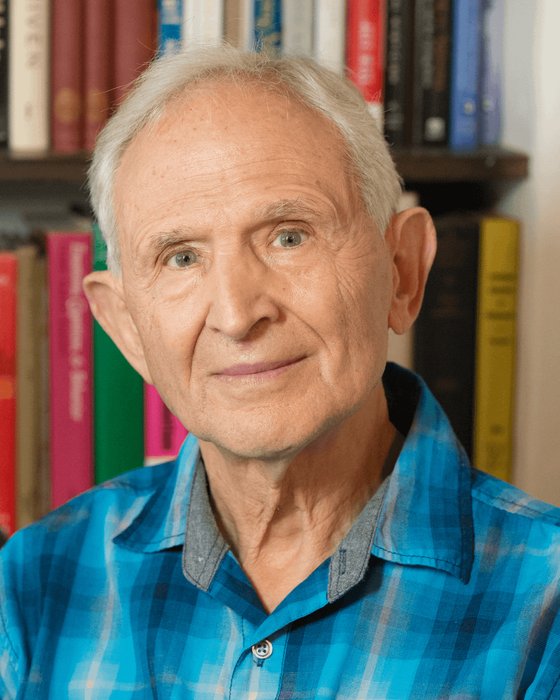Sublime
An inspiration engine for ideas
Physical self-awareness is the first step in releasing the tyranny of the past.
Bessel van der Kolk • The Body Keeps the Score: Brain, Mind, and Body in the Healing of Trauma
Mainstream medicine is firmly committed to a better life through chemistry, and the fact that we can actually change our own physiology and inner equilibrium by means other than drugs is rarely considered.
Bessel van der Kolk • The Body Keeps the Score: Brain, Mind, and Body in the Healing of Trauma
the “death instinct,” which he saw as a “compulsion inherent in organic life to restore an earlier state of things.”
Dr. Alexander Lowen M.D. • Fear of Life: The Wisdom of Failure
This preparation for action was absolutely essential on the ancient savannahs, and it is “discharged” or “used up” by all-out, meaningful action. In
Peter A. Levine PhD • In an Unspoken Voice: How the Body Releases Trauma and Restores Goodness
directed primarily toward increased functionality of the physiology.
Maurizio Stupiggia • Somatic-Oriented Therapies: Embodiment, Trauma, and Polyvagal Perspectives
The Complex PTSD Workbook: A Mind-Body Approach to Regaining Emotional Control and Becoming Whole
amazon.com


No person is free who is tied to a defensive position. This is true of the neurotic character who erects psychological walls and armors himself muscularly as a protection against possible hurt, only to find that the hurt he feared is locked into his being by this very process.
Dr. Alexander Lowen M.D. • Fear of Life: The Wisdom of Failure
If the healing process can’t run to completion, the person’s nervous system is never able to relax all the way back down to the ground state, and their body continues to hold some chronic tension.